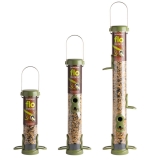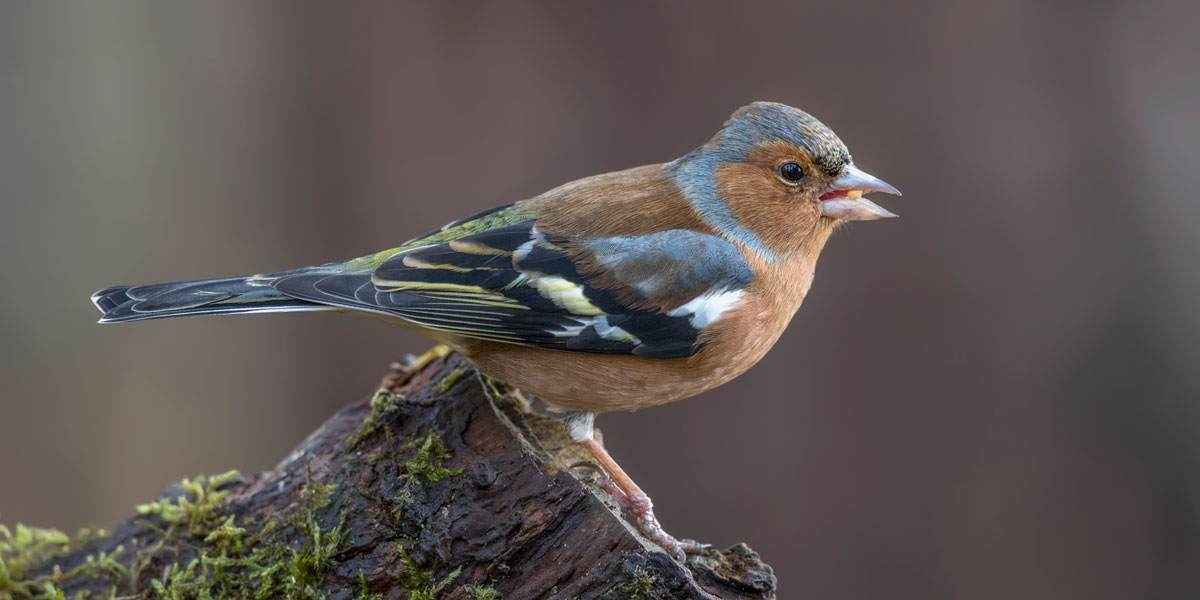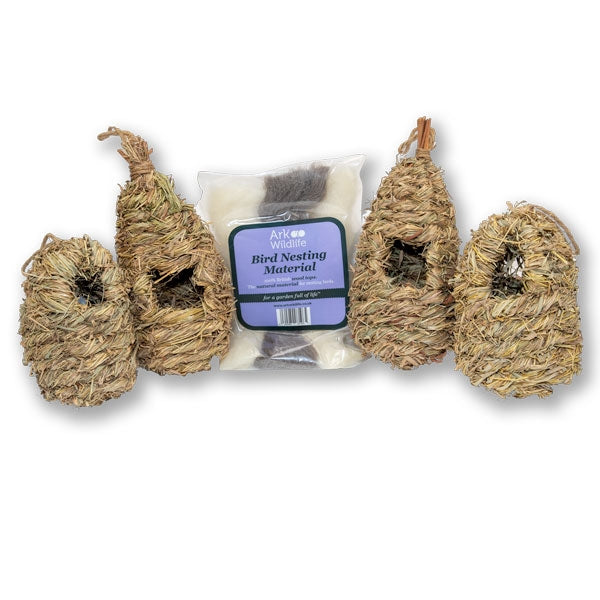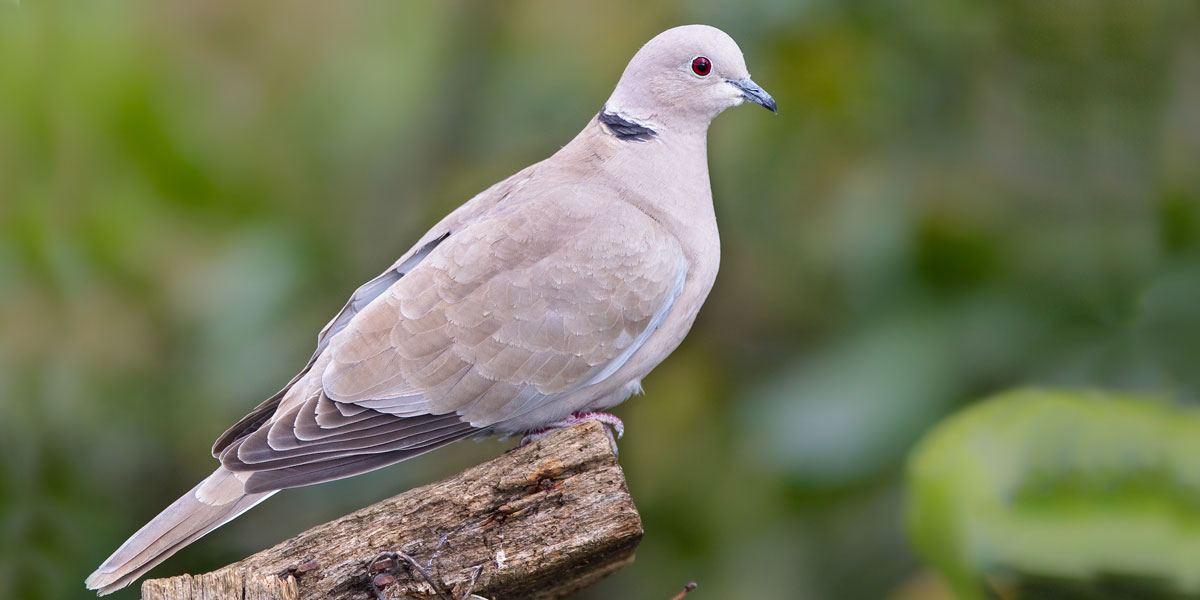Explore Our Garden Wildlife Blog
Browse or search by Category or Keyword below, alternatively click on any Tag to see related articles.
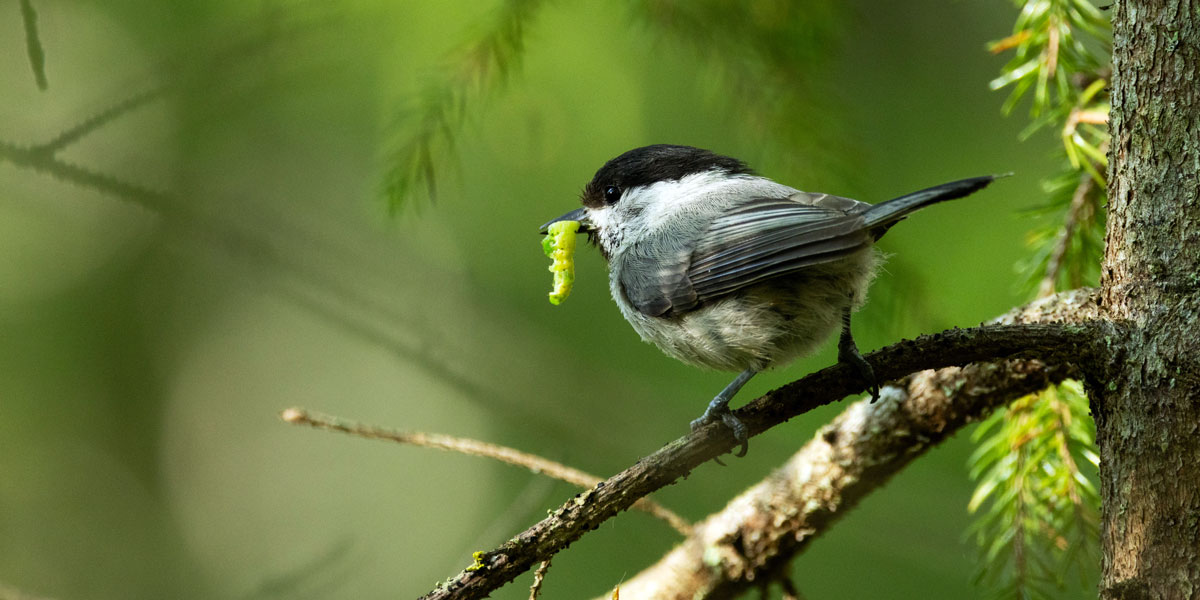

Section:
Sean's BlogCount on Me
By Sean McMenemy
9th May 2024
It’s been an interesting spring. We’ve had rain like I remember as a child, interspersed with hot and humid intervals. Nights have often been chilly, but generally frost-free, while the frosts we have had, have not been harsh. All-in-all it’s been blooming marvellous, for trees at least.
I’m looking across the track and up an old hedgerow and can see a profusion of green. Shrubs, bushes, and trees of every hue. Some blooming in colourful blossom, others dangling catkins, that sway in the breeze. One thing they all have in common, they’re having a fantastic start to the year.
I find trees wonderful and fascinating throughout the year, and throughout their lives. Intricate and diverse, their growth and habits are a topic, hobby, and subject all their own. In a broader context they interact with the environment well beyond the reach of their branches and roots.
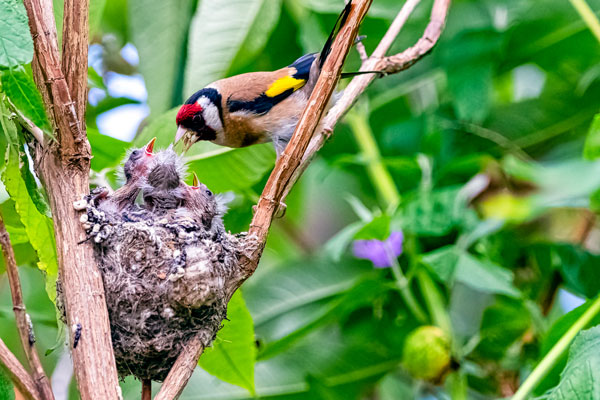

Over millennia, trees and birds have evolved symbiotic relationships, independent of one another, but stronger still, when working together. During springtime trees attract a profusion of insects and caterpillars just as birds’ eggs start hatching. A pest to the tree, provides food for growing chicks, and both benefit. Then in the autumn they offer a richness of fruit and berries on which adult birds feed.
Plants were of course the first colonisers of earth, with the earliest trees appearing about 385 million years ago. Birds followed more recently about 60 million years ago, taking advantage of the benefits trees offered. Equally trees have had a long time to evolve to benefit from what birds have to offer them.
The useful thing about birds is they can fly, far and wide. This is a terrific opportunity if you happen to be a stuck in the mud, long-lived tree, that doesn’t want competition from its own seeds germinating close by. But how to make use of birds? Well first you need to attract them. Then you need a way to make them pick up your seeds and carry them away.
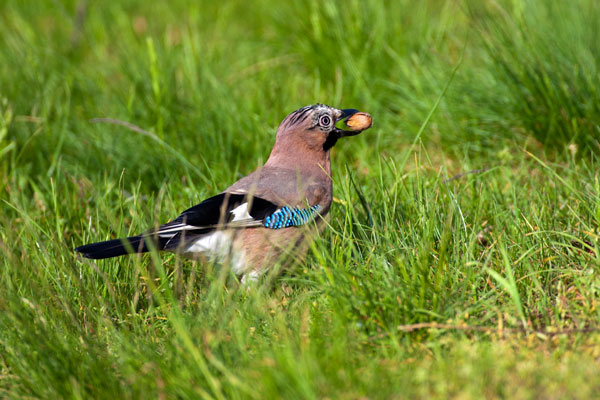

In springtime our trees burst into leaf and blossom attracting a myriad of insects that birds come to feed on. They also, as they mature, hollow out providing ample space for new homes to be made, along with boughs and tendril stems providing roosting and nesting opportunities. All tempting habitats to keep birds close by. This all benefits the birds, but come autumn, the trees turn the table to their advantage. Having attracted birds in spring, kept them close all summer, autumn is the time the relationship is reciprocated.
In autumn the breeding season concludes, and fledglings become independent, while their bruised and battered parents need a rest following the rigours of raising a family. It’s time to recuperate, as they need to moult their feathers and grow a new coat. Simultaneously they need to feed and get in tip top condition before winter closes in. Trees have evolved to use this to their advantage.
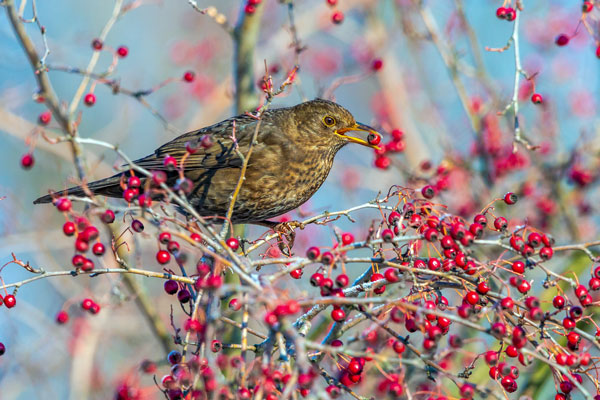

The nature of tree growth already provides perfect cover and safety for young, inexperienced birds and moulting adults alike. By evolving to add a feast of sweet, colourful, calorie rich fruit and nuts around their seeds, birds have all the food and cover they need, while flight is restricted. Our trees have learned to look after our raggedy moulting birds, feeding them richly in their time of need, and the birds in return carry tree seeds far and wide, dispersing them across the countryside.
There are many famous relationships between tree and bird, jays collecting and planting acorns, mistle thrush and mistletoe, waxwings and rowans, the list goes on. Countless trees and numerous species of birds sharing bounty and task for mutual benefit. Aren’t trees clever and wonderful.







